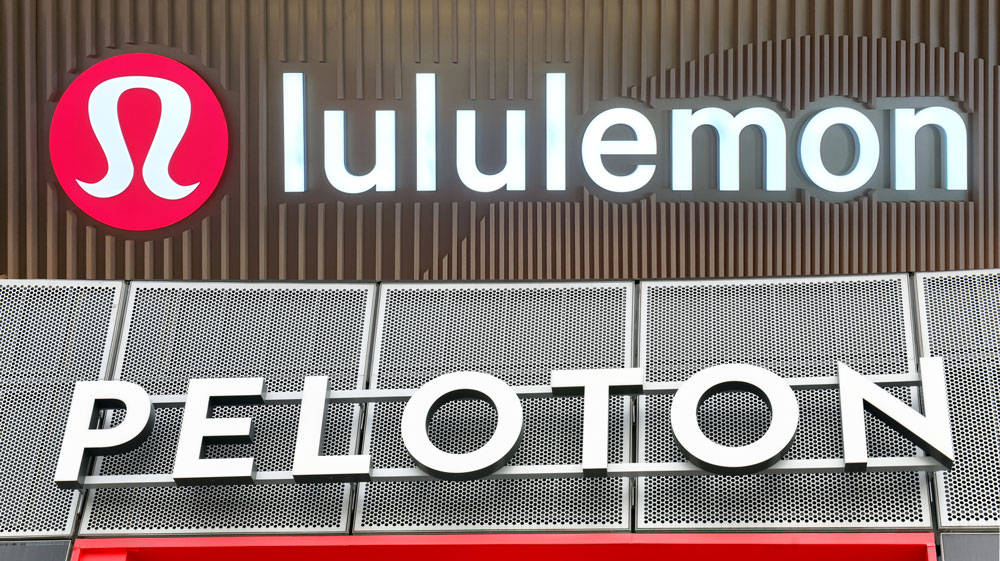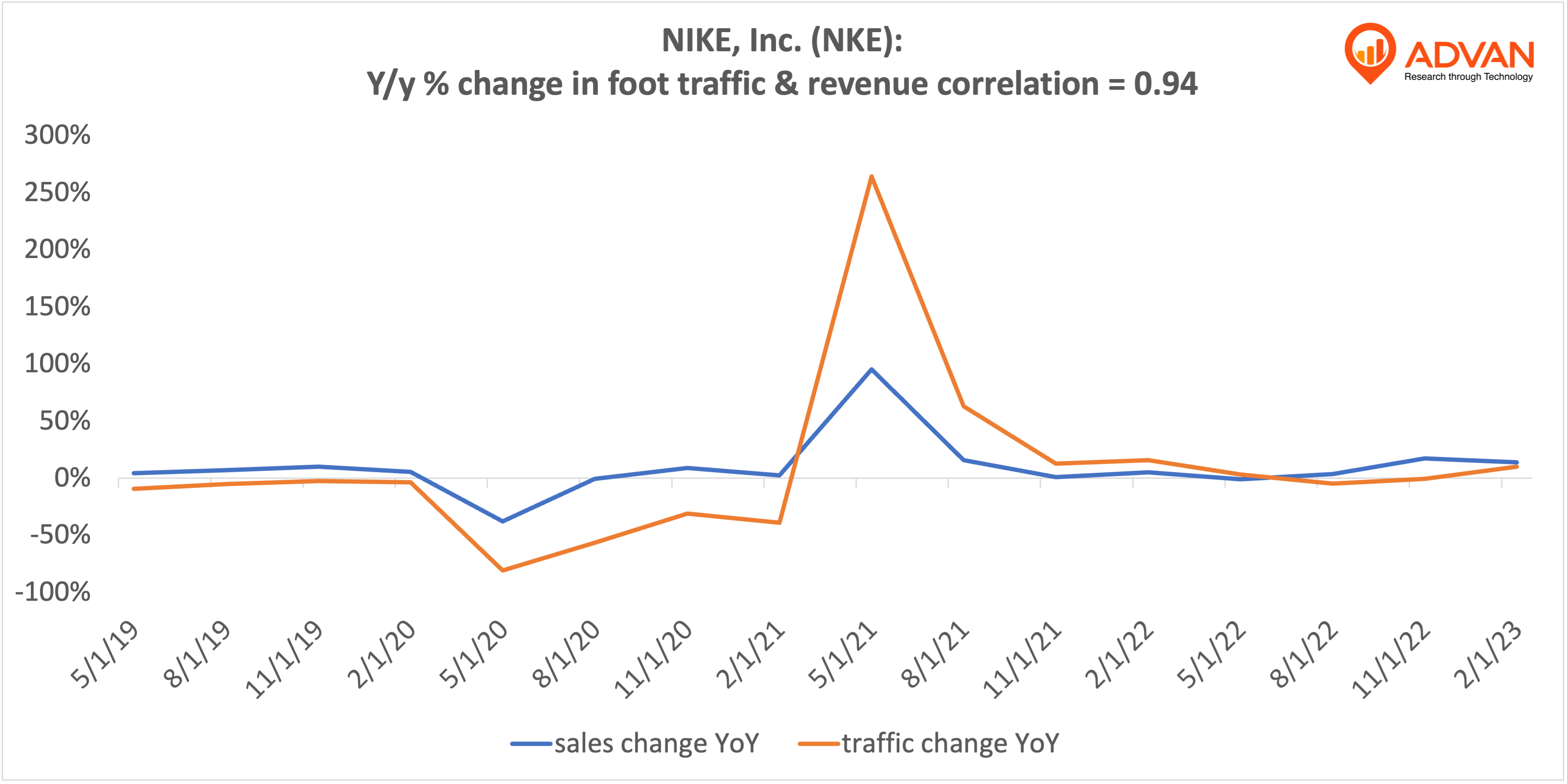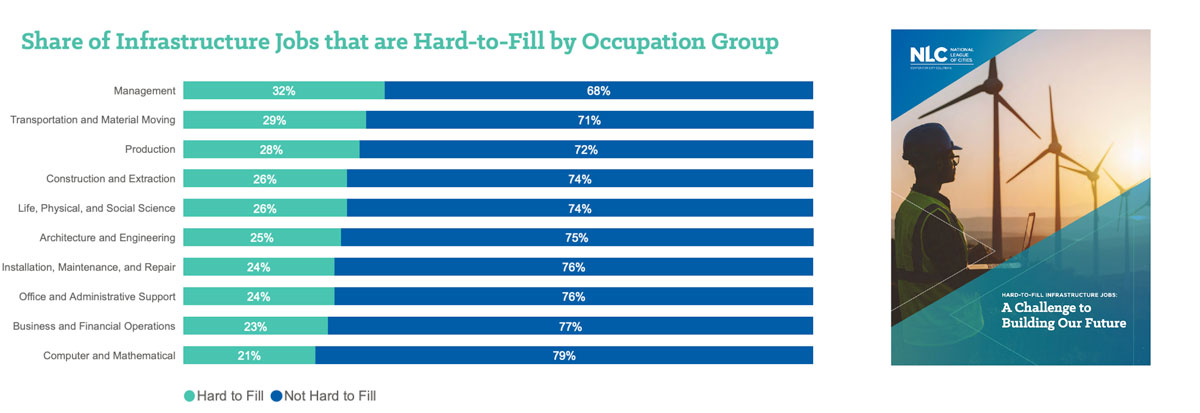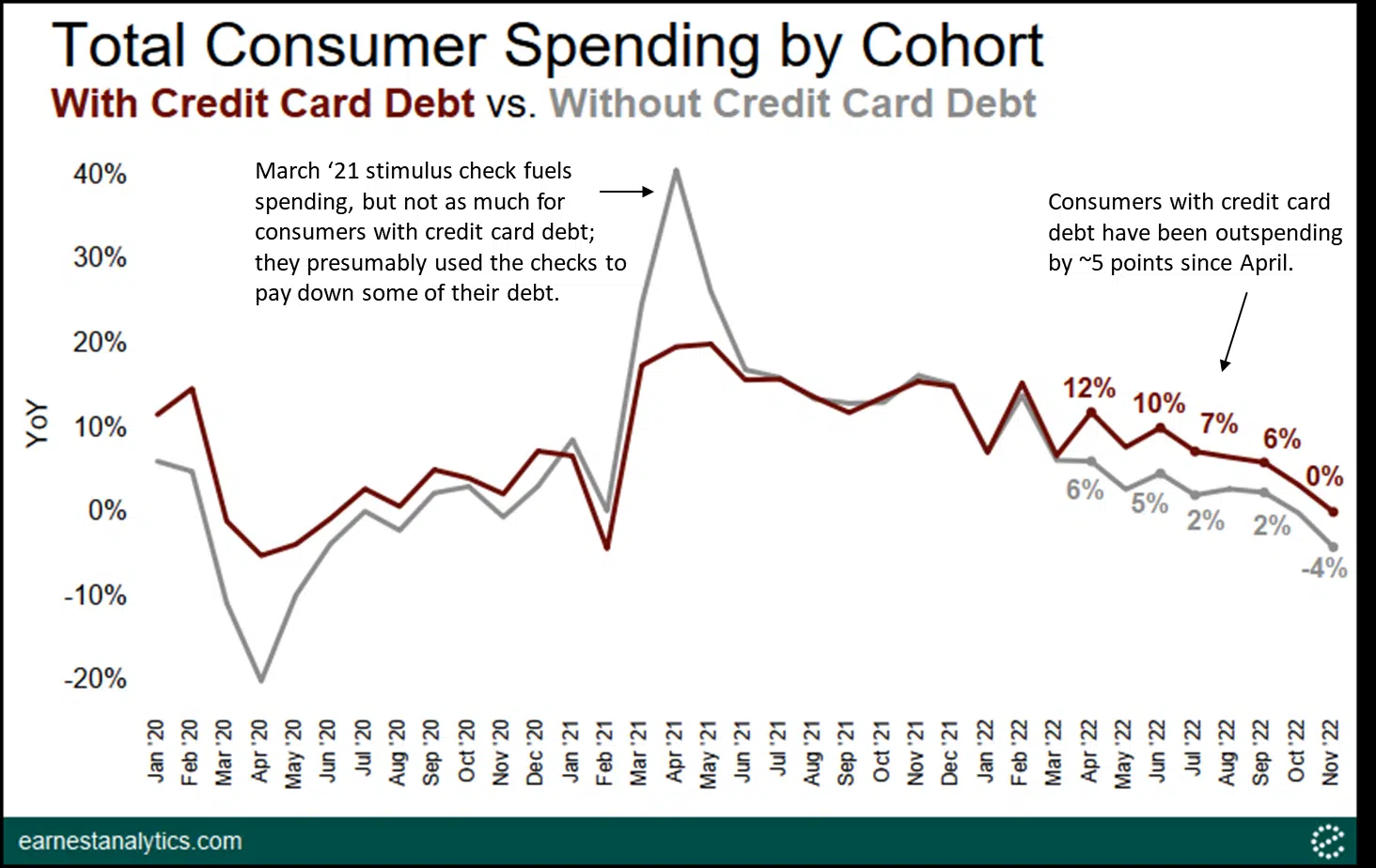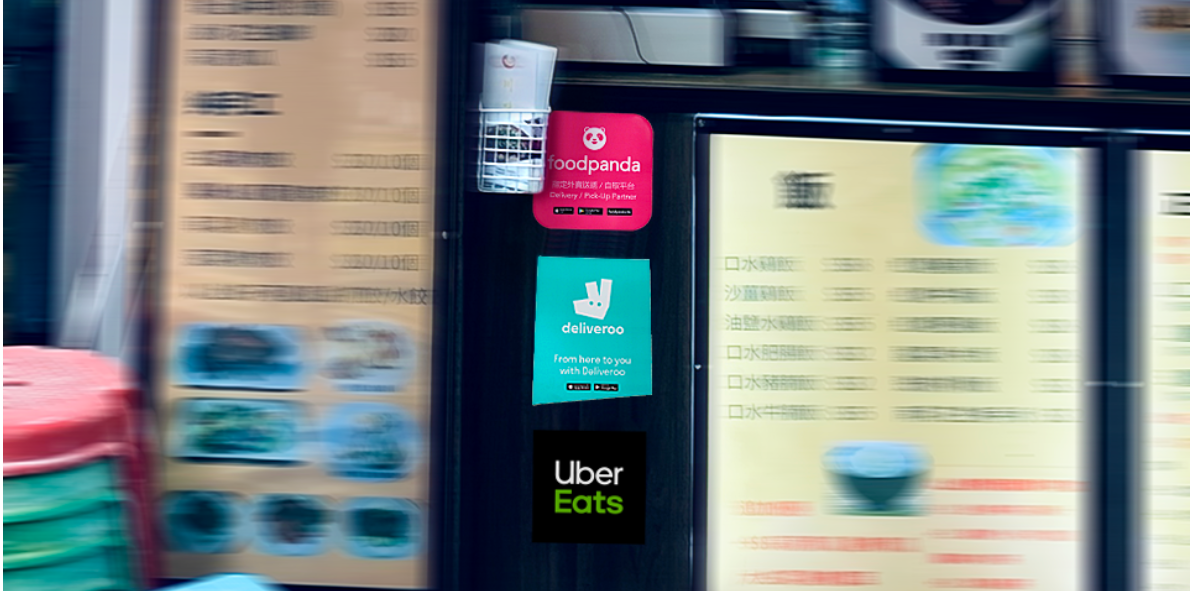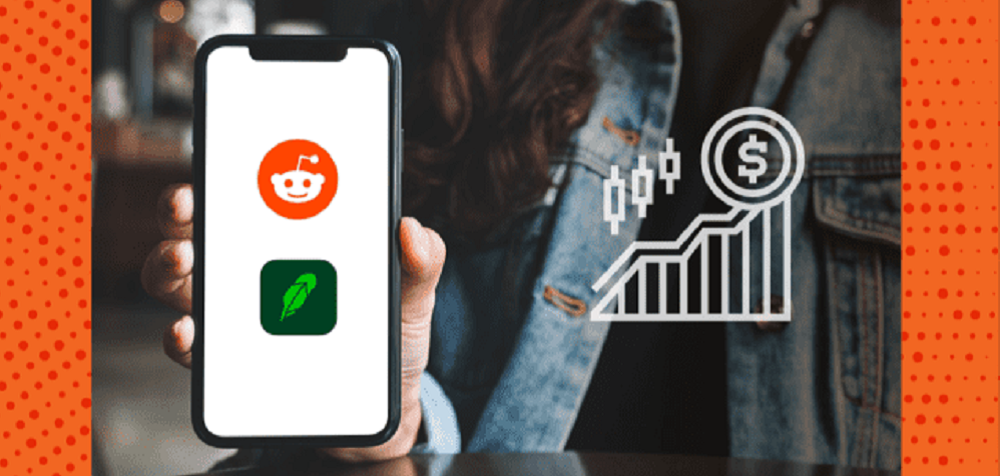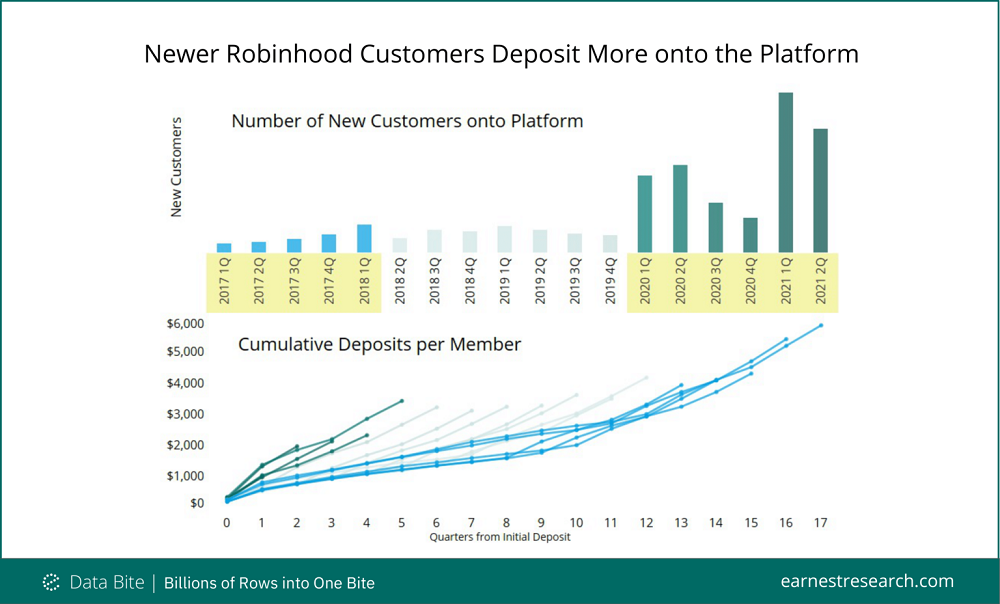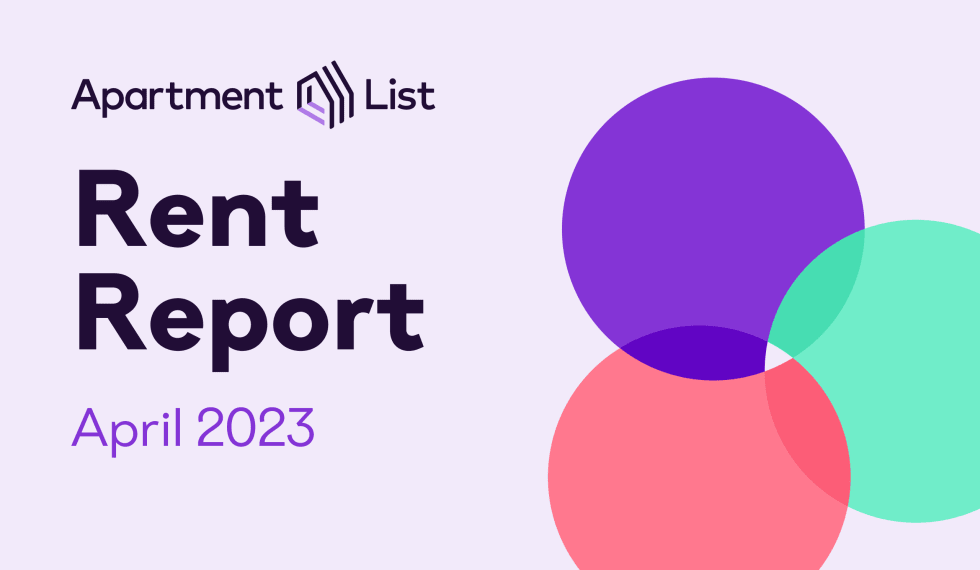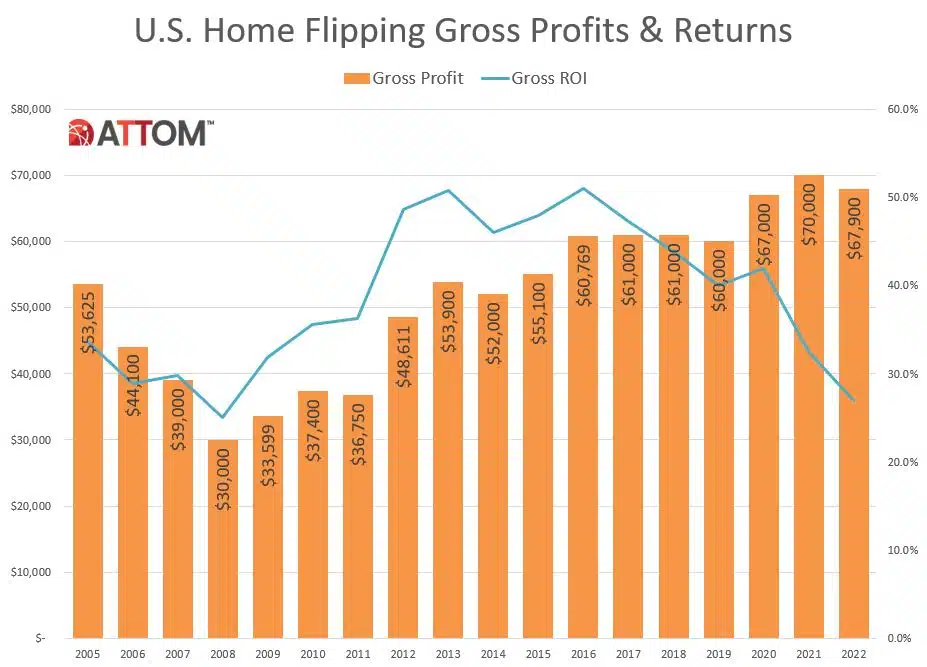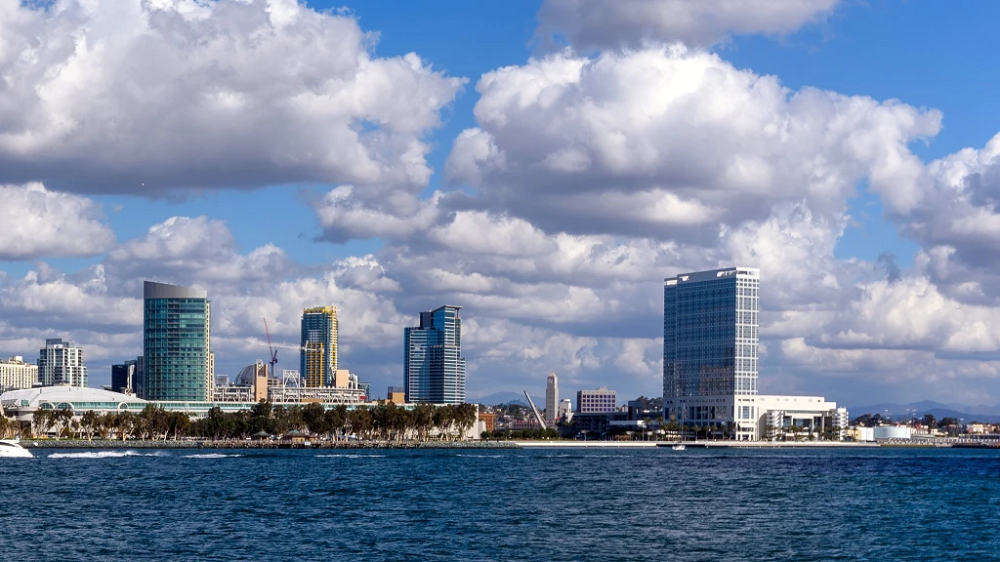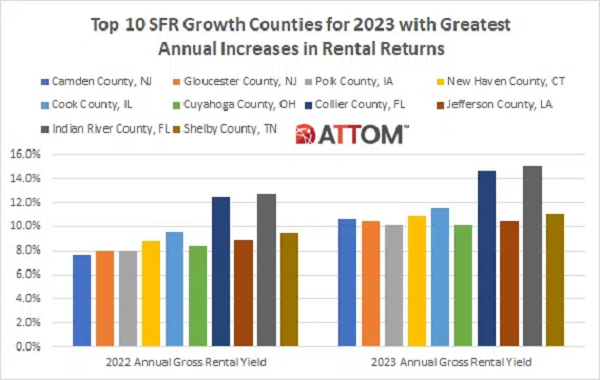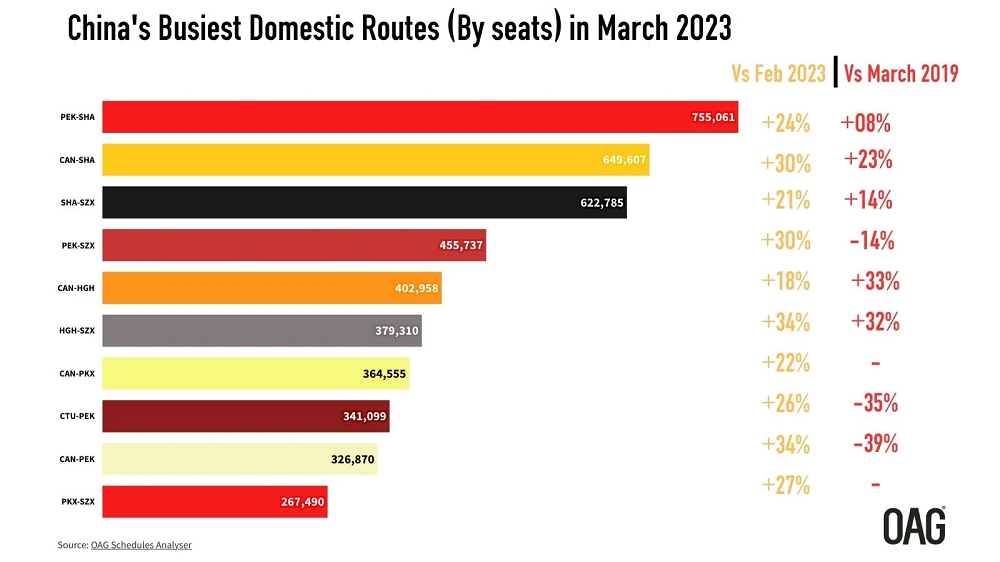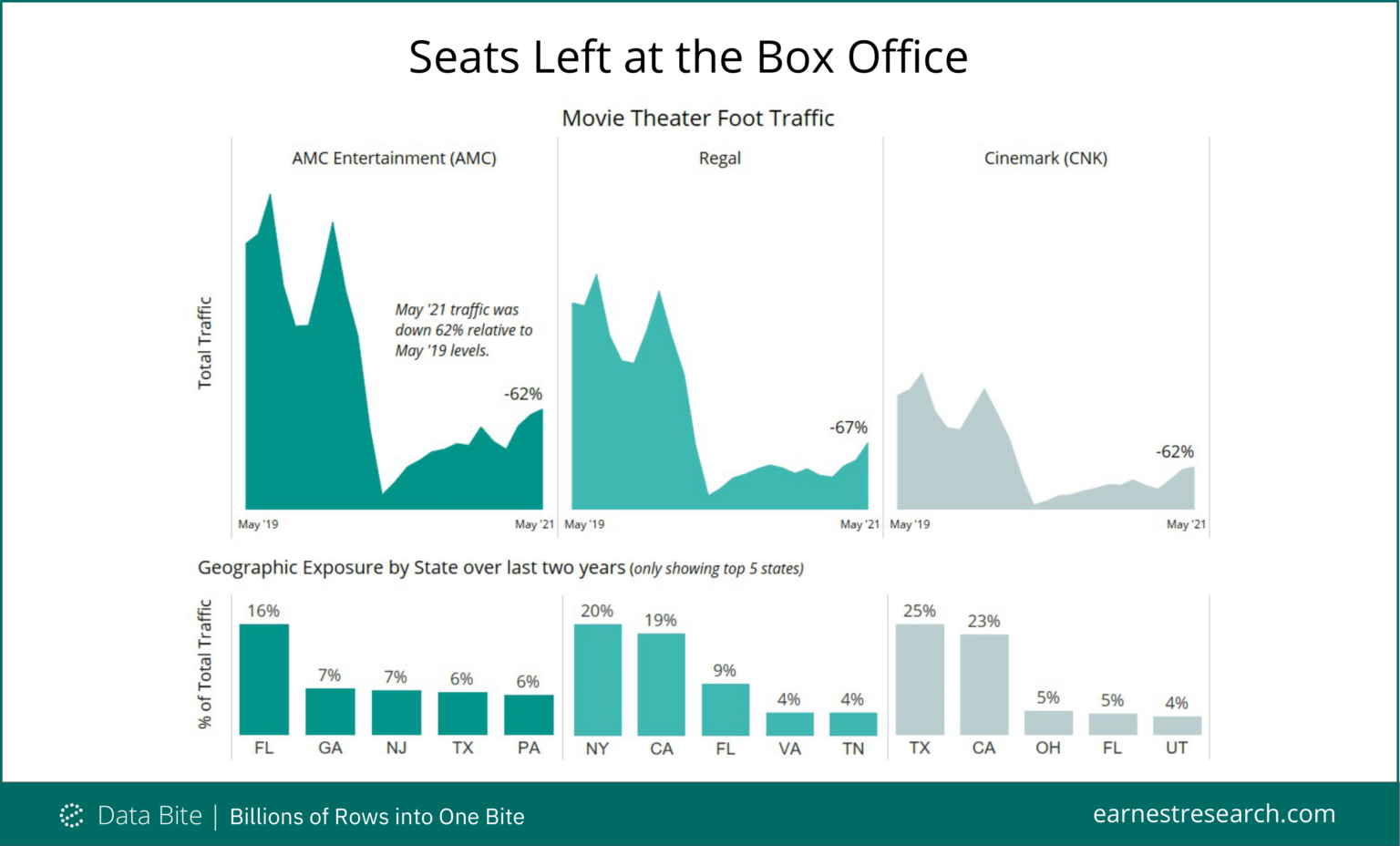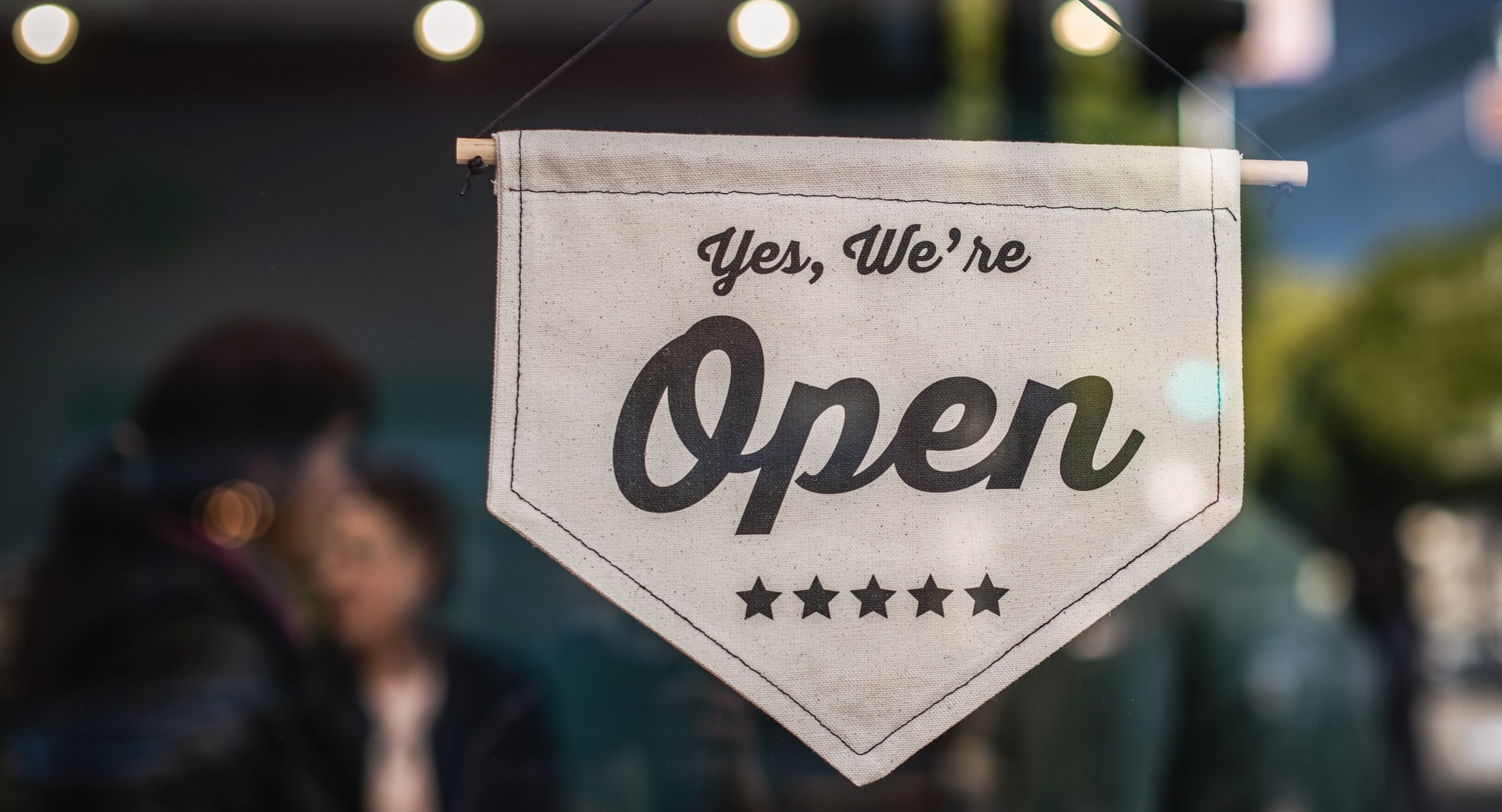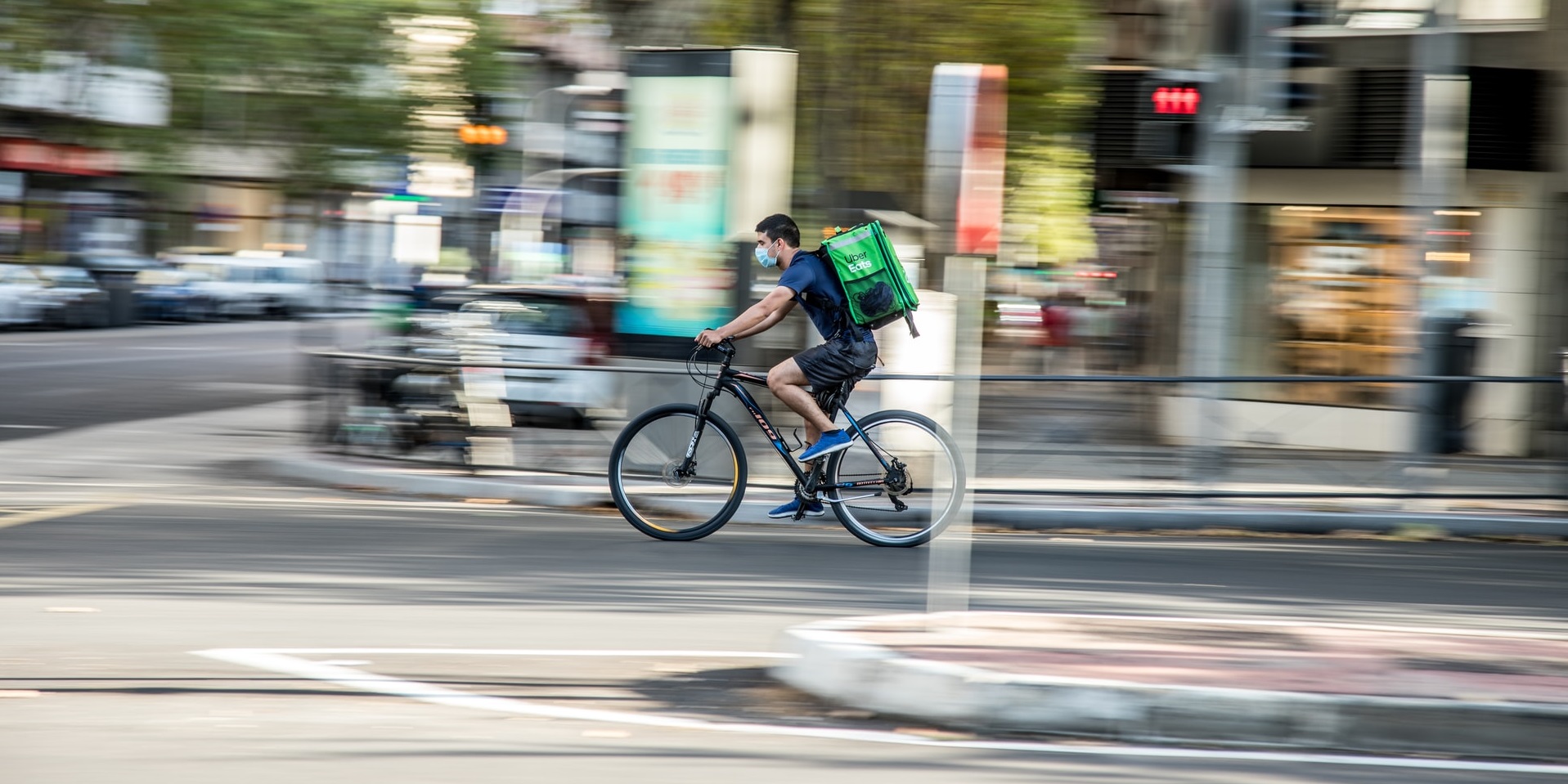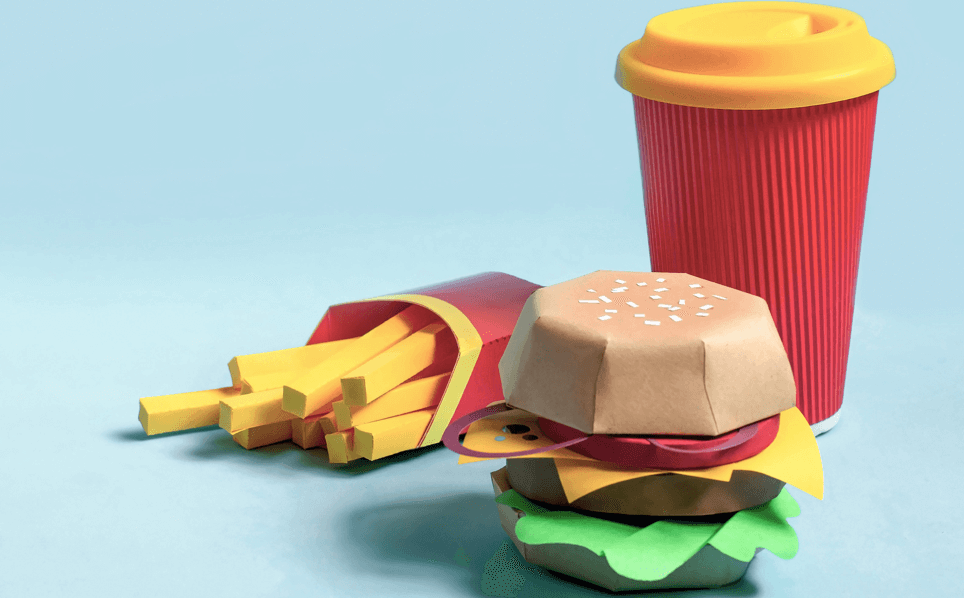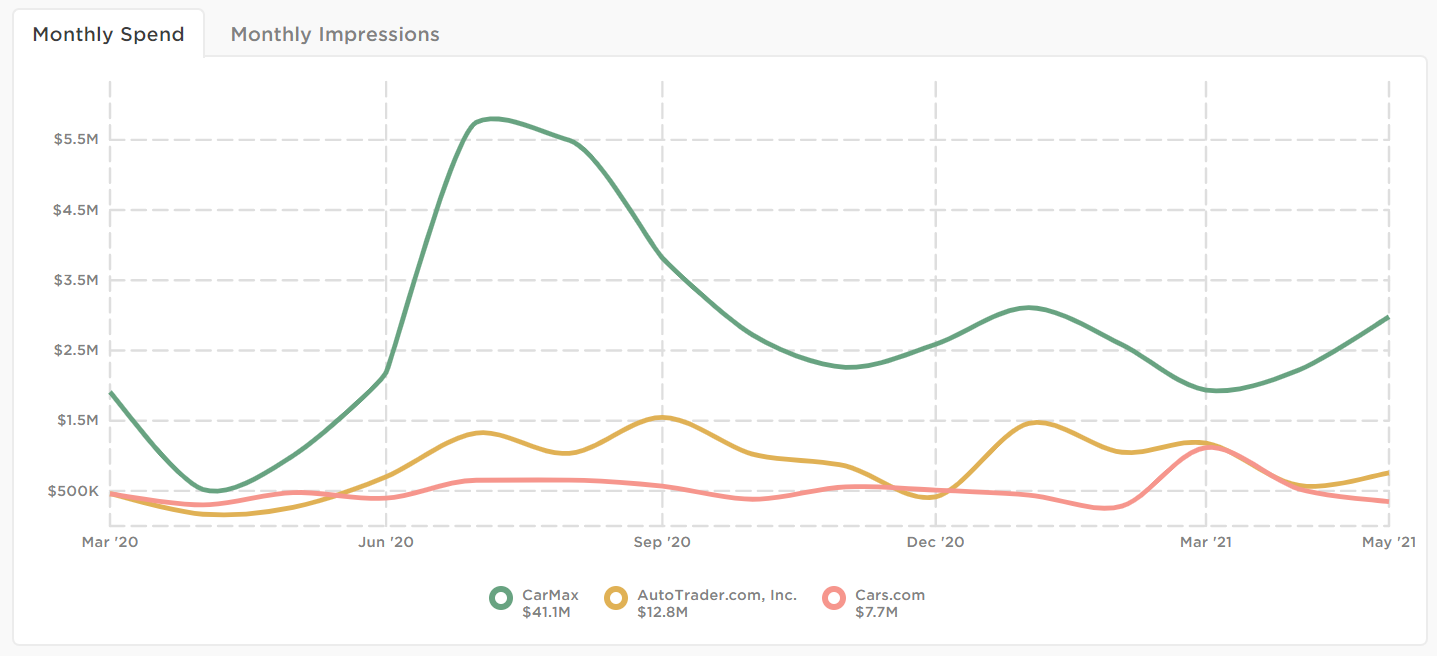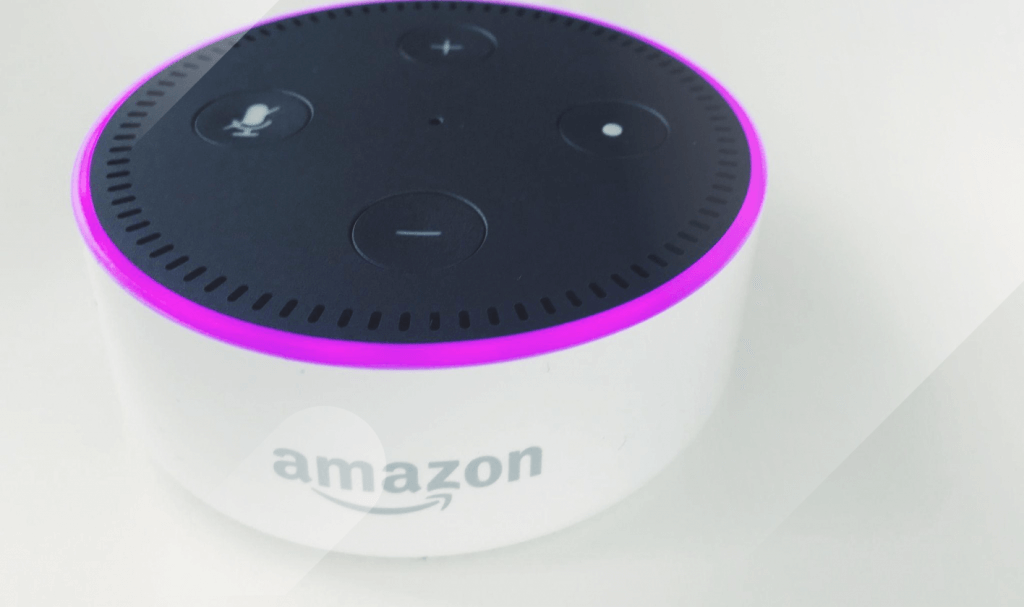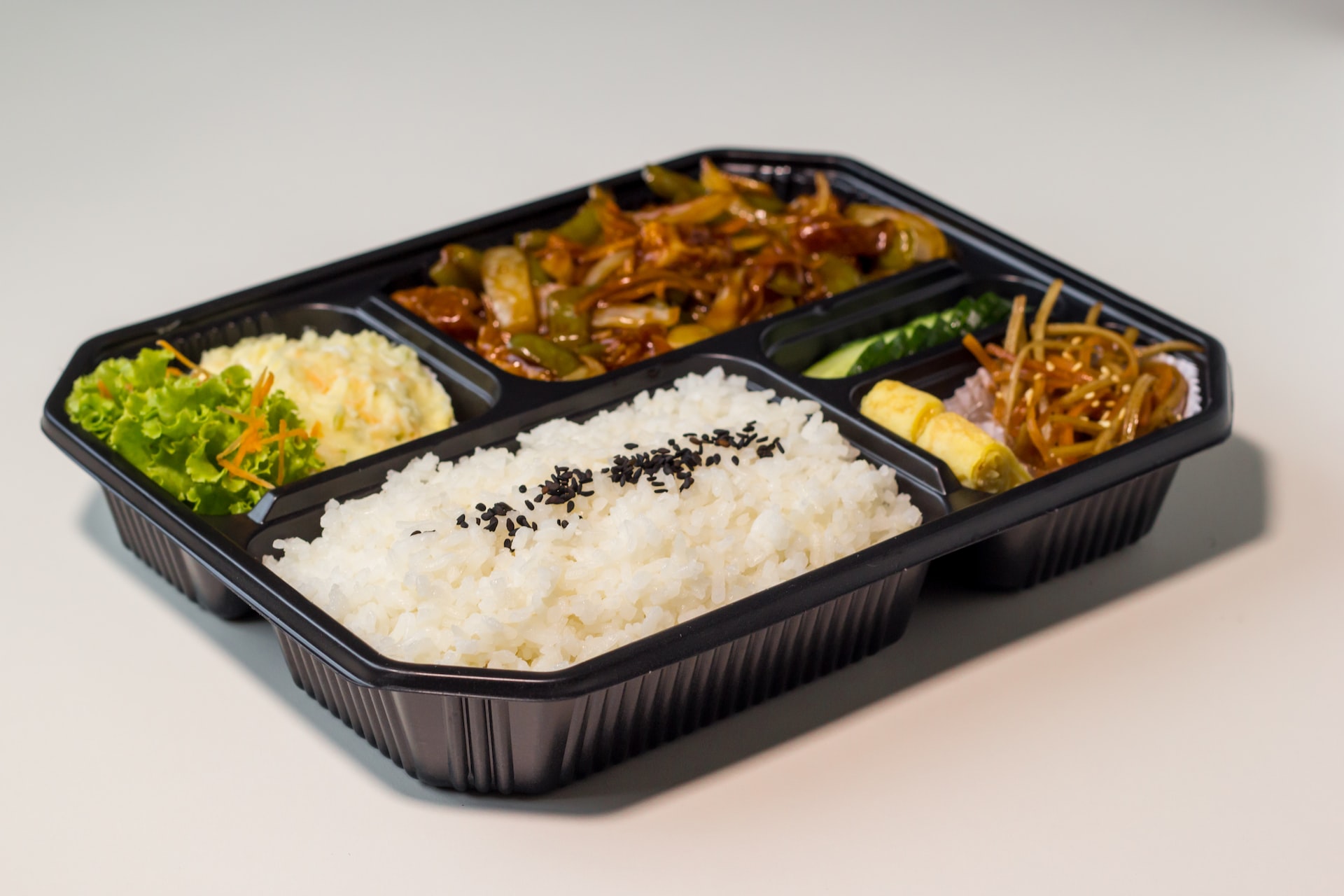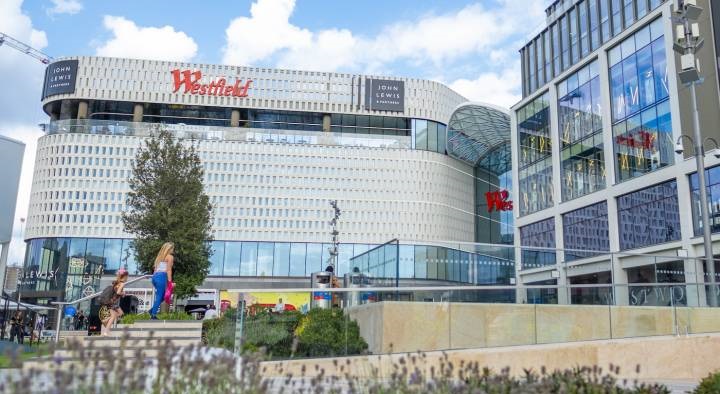While much has been said about the latest meme-driven rally in AMC’s share price, we used Earnest Foot Traffic data to look at actual customer behavior and understand what’s really happening with movie theater attendance. AMC, with the largest footprint, recently saw traffic -62% of May 2019 levels—likely benefiting from the outperformance we’ve seen across several sectors in Florida, Georgia, and Texas, despite their lower vaccination rates.
While large companies with capital reserves, the ability to issue debt, and e-commerce sites were able to weather the COVID pandemic, many small businesses did not fare as well. Our CE Macro data classifies payment card spend as tagged to one of the over 10,000 brands part of our Brand Universe of interest to corporate and investor clients, or untagged, which is a proxy for small business activity. In today’s Insight Flash, we look at the extent to which small businesses have taken part in the recovery
There has been a great deal of attention brought to racial and gender inequities in the United States. And investors are now beginning to support companies that are trying to diversify their workforce. But even if these companies change their hiring behavior, is the tenure of the new diverse workforce consistent with the greater company’s? After hiring minority talent, a company could, seemingly, still converge towards a demographic monoculture. Not only would this be a vicious cycle, but also potentially hinder diversity of thought and productivity.
AMC’s stock began surging unexpectedly in mid May, as meme-driven retail investors bolstered a trading frenzy. But as AMC themselves admitted in their recent SEC filings: “We believe that recent volatility and our current market prices reflect market and trading dynamics unrelated to our underlying business.” So how is AMC really doing? We dove into the data to find out.
Roaming might seem like an unusual topic in a time when inter-country travel has been largely prohibited, but we wanted to build on our previous analysis to see how roaming performance and behaviors evolved over the past year. This analysis examines Speedtest data from Android devices in the European Union (E.U.) and the United Kingdom (U.K.) from Q1 2020 through Q1 2021. We’ve included the U.K. to maintain continuity with pre-Brexit reports.
Just like other industries, the energy sector is experiencing supply chain bottlenecks. Most of the attention is on the clean energy sector. The sector experienced tremendous growth last year—but faces challenges like cost-inefficiencies, fragmentation, and a lack of mature industrial partnerships. As you and your sales reps enter advertising conversations with energy sector brands, it’ll be essential to know what’s going on in their world and what the most recent spending patterns have been.
The number of transits through post-Brexit ports is up to 25pts greater than they were pre-Brexit and before the pandemic, with high-frequency mobility data supporting evidence of growing UK international trade. This original measure has been created using Huq Industries’ proprietary, first-party data, and is made available at just 48hrs behind real-time. The output shows that since the start of the 2021, transits through UK ports of entry have consistently surpassed levels observed at any time in the past 18 months
When many Americans sheltered in their homes early in the coronavirus pandemic, meal delivery sales reached new heights. Our data reveals that in May 2021, sales for meal delivery services grew 17 percent year-over-year, collectively. Shelter-in-place orders may also be driving more Americans to make their first meal delivery purchase. In May 2021, 48 percent of U.S. consumers had ever ordered from one of the services in our analysis, up from 41 percent a year ago.
When the infamous ‘Chicken Wars’ first kicked off the summer of 2019, it laid the foundation for one of the most incredible stories of brand lift in the QSR space – catapulting Popeyes to newfound heights. But as interesting as the initial surge was, the subsequent October bump and the wider effect it had of driving more players into the Chicken Sandwich mix may have been even more meaningful. The result was a scenario that intertwined chicken and QSR success. So where do things stand at the moment? We dove into QSR’s chicken-sandwich leaders to find out.
With so many people skipping their commutes and staying at home, you might expect car sales to have taken a hit during the pandemic. But according to Edmunds.com, COVID-19 has only accelerated the demand for used cars. August and September 2020 posted the fastest rate of used car inventory turnover in the last six years. Part of this has to do with the shortage of new vehicles due to auto factory shutdowns. With fewer options to buy new, cooped-up consumers have been setting their sights on used cars.
Mobile gaming is driving the entire global gaming market with consumer spend set to surpass $204 billion in 2021 across mobile, console, handheld and PC/Mac gaming. Top grossing games like _ROBLOX_ and _Genshin Impact_ feature cross-play features demonstrating that cross-platform connectivity and the ability to share progress and play across different platforms are not just novelties, they may prove essential for long term growth.
Earlier this month (June 2), Amazon announced that its annual Prime Day will take place June 21 – 22. Prime Day 2021 will feature over 2 million deals worldwide, the most ever offered in the event’s seven-year history! Although the impact of the pandemic makes it particularly difficult for brands to develop 2021 strategies, we’ll use Similarweb Shopper Intelligence to make actionable, Amazon Prime Day predictions by comparing this year with last and describing top consumer trends we foresee impacting this year’s shopping event.
If there’s one sector that saw a pandemic driven boost, it was the home improvement space. Home Depot saw a year-over-year visit increase of 13.1% between 2019 and 2020, while Lowe’s and Tractor Supply saw respective jumps of 21.3% and 18.5%. The success carried into 2021, with visit surges driving huge year-over-year growth in the first quarter. The rise of work from home, the added time at home during closures, and shifting migration patterns all contributed to the sector’s unique success.
The TV and streaming market is constantly being redefined. The player moving quickest these days is AT&T, owner of HBO Max. AT&T’s been working towards a merger between WarnerMedia and Discovery to create a new $150 billion content unit, Warner Bros. Discovery. And it launched HBO Max’s ad-supported tier earlier this month. This is all against the backdrop of increasing competition among streaming platforms. We’re not referring to the number of players in the market—those days are gone.
Central Manchester is the busiest it’s been since the start of the pandemic, with footfall levels more than double what they were in January 2020 as the city grapples with a surge in new Delta-variant cases. This high-frequency data, made available at just 48hrs behind real-time, is a proprietary output from Huq Industries, the leading provider of footfall, mobility, store visit and real economy data to professionals in finance, government, retail and real-estate.
Although Grocery has been one of the slowest industries to move online, Meal Kit companies have carved out a niche in both the US and UK by taking the planning out of meal prep. In today’s Insight Flash, we examine the growth trajectories across the two continents, focusing on overall spend growth, order size growth, and how the market leaders have changed. Meal Kit growth in the UK has outpaced growth in the US over the last year and a half, with May 2021 spend 2.6x that of January 2020.
Usage of London’s transport network – which includes TFL’s tubes and buses – and overland commuter services has regained 60% of pre-pandemic levels as the country eases out of restrictions implemented during the last six months. London has lagged the UK across multiple measures since the crisis began in March 2020, and with so much invested across the capital, businesses are eager for the signs of recovery that this research provides.
In light of recent IPO announcements, we're pleased to present reports from our Spring Emerging Technology Study for several of these soon-to-be-public vendors. This survey saw participation from a record high 1,000+ IT Decision-Makers, capturing over $400B in anticipated total annual IT spend. Monday.com’s Net Sentiment score is showing signs of recovery from 2020 studies, driven by a reduction in churn indications.
The fuller period from Thursday May 27th though Monday May 31st saw several brands driving growth, with others experiencing limited relative declines. Target, Ulta, and Burlington continued their strong recovery with visits over the five day period up 6.6%, 15.0% and 8.3% respectively when compared to the equivalent five day Memorial Day weekend period in 2019.
Visits to larger malls and shopping centres in the UK rose more rapidly than other retail destinations since re-opening on April 12th, with data reflecting the pent up demand felt by consumers eager to replenish their wardrobes at last. Footfall fell sharply as restrictions were implemented from December through to spring, however that the place of recovery across shopping centres has out-paced other forms of retail centres offers optimism for the category.
